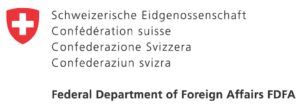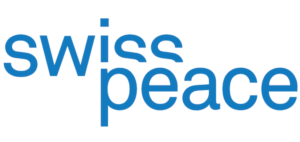Every day, civilians suffer in violent conflicts. Attacks by armed forces, militias and rebel groups have left and continue to leave thousands dead or injured, and have resulted in the forced displacement of millions of people. To mitigate or end such violations, different actors – including NGOs, the UN, military forces, religious groups, and community leaders – often attempt to influence conflict parties to cease attacks on civilians and instead enhance their protection. Focusing on preventive protection efforts that hinder future harms (rather than mitigating the effects of past violations), we asked ourselves: How do protection actors plan and conduct these activities to reduce violence at the hands of combatants?
To find out, we posed this question to 148 staff members of various entities involved in preventive protection, including UN agencies, NATO and other armed forces, as well as civil society organizations conducting humanitarian, human rights and conflict management work. We also interviewed 23 academics working in international relations, conflict and peace studies, peacekeeping, legal studies, humanitarian studies, and human rights. In addition, we consulted academic literature and conducted two workshops to fine-tune our findings.
Based on our research, we identified four main approaches through which these protection actors influence how armed forces treat and behave toward civilians:
- “Naming and shaming” armed actors;
- Mobilizing influencers;
- Capacitating communities; and
- Training armed actors.
For each approach, we offer abstract models that break down the underlying logic, outlining how each method intends to change armed actor behavior – and how it can fall short of its goals or even backfire.






